Sucrose, glucose, and fructose are common sugars that enter the body through our diet. The impact of each sugar on the body, as it is absorbed during digestion, varies significantly.
A key factor regarding the impact sugars have on human health is dependent on whether these sugars are naturally occurring in foods or have been added later during a processing stage. Determining levels of individual sugars and Brix (°Bx, a measure of dissolved sugar content) are essential quality parameters frequently employed by the food industry.
Quantifying each of these parameters is typically done using several methods, such as high-performance liquid chromatography (HPLC), ion chromatography (IC), and thin-layer chromatography (TLC).
However, these methods can be time- and labor-intensive, which leads to more significant running costs. In contrast, near-infrared spectroscopy (NIRS) facilitates the simultaneous determination of several different sugars without requiring chemicals or any sample preparation, with results achievable in under a minute.
DS2500 Liquid Analyzer
The DS2500 Liquid Analyzer delivers high-powered near-infrared spectroscopy for quality control-based applications in the laboratory and on the production line. The analyzer is a proven, versatile solution for analyzing liquids routinely during production.
The DS2500 Liquid Analyzer is robust by design thanks to its dust, moisture, and vibration-resistant properties, which make it capable of delivering consistent performance in even harsh production environments.
Compatible with a wide variety of disposable vials and quartz cuvettes, the DS2500 Liquid Analyzer covers an extensive spectral range from 400 to 2500 nm and is capable of running the analysis of heat samples up to 80°C.
These qualities make the DS2500 Liquid Analyzer adaptable and able to accommodate a user’s unique sample requirements, making data acquisition easy and allowing accurate and reproducible results to be supplied in less than one minute.
Combining integrated sample holder detection and easy-to-use Vision Air Software ensures safe, user-friendly functionality. When the time comes and larger-sized sample quantities must be run, applying a flow-through cell alongside a Metrohm sample robot should give users the productivity boost they are seeking.
Experimental Equipment
To create a prediction model, a total of 50 spectra of aqueous solutions of glucose, fructose, and sucrose were prepared. The Metrohm NIRS DS2500 Liquid Analyzer was used to measure all samples in transmission mode with a holder for flow cells across a range of 400–2500 nm, as shown in Figure 1.
For this application, a flow cell with 1 mm pathlength was used. Metrohm’s Vision Air Complete software package was used for data acquisition and prediction model development.
Table 1. Hardware and software equipment overview. Source: Metrohm Middle East FZC
| Equipment |
Article number |
| DS2500 Liquid Analyzer |
2.929.0010 |
| DS2500 Holder Flow cell |
6.7493.000 |
| NIRS quartz cuvette flow 1 mm |
6.7401.310 |
| Vision Air 2.0 Complete |
6.6072.208 |
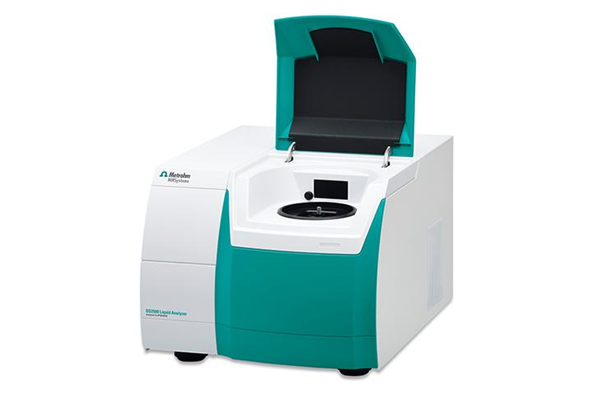
Figure 1. Metrohm NIRS DS2500 Liquid Analyzer used for the quantification of glucose, fructose, sucrose, and total sugars (Brix) in aqueous samples. Image Credit: Metrohm Middle East FZC
Result
The Vis-NIR spectra obtained were used to generate a prediction model for quantification of glucose, fructose, sucrose, and Brix as shown in Table 2.
Correlation diagrams were used to evaluate the quality of the prediction model which display an extremely high correlation between the Vis-NIR prediction and the reference values. As illustrated in Figures 3—6, the respective figures of merit (FOM) display the expected precision of a prediction when running routine analysis.
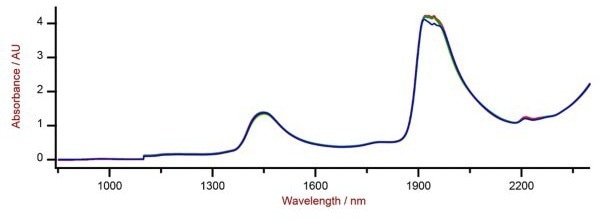
Figure 2. Selection of Vis-NIR spectra of an aqueous mixture of glucose, fructose, and sucrose analyzed on a DS2500 Liquid Analyzer. Image Credit: Metrohm Middle East FZC
Result Fructose Content
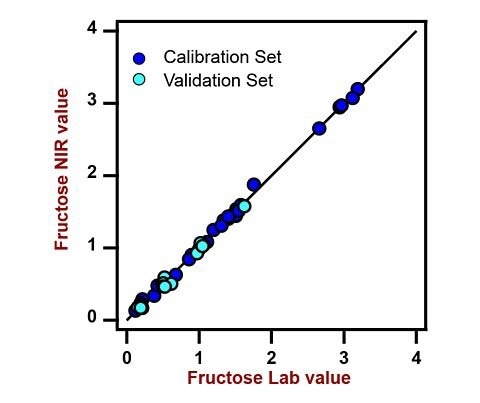
Figure 3. Correlation diagram and the respective figures of merit for the prediction of fructose content in an aqueous sugar mixture using a DS2500 Liquid Analyzer. Image Credit: Metrohm Middle East FZC
Source: Metrohm Middle East FZC
| Figures of Merit |
Value |
| R2 |
0.9882 |
| Standard Error of Calibration |
0.04% |
| Standard Error of Cross-Validation |
0.06% |
| Standard Error of Validation |
0.05% |
Result Glucose Content
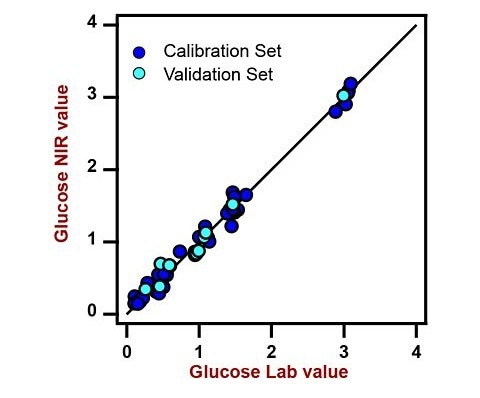
Figure 4. Correlation diagram and the respective figures of merit for the prediction of glucose content in an aqueous sugar mixture using a DS2500 Liquid Analyzer. Image Credit: Metrohm Middle East FZC
Source: Metrohm Middle East FZC
| Figures of Merit |
Value |
| R2 |
0.9877 |
| Standard Error of Calibration |
0.11% |
| Standard Error of Cross-Validation |
0.12% |
| Standard Error of Validation |
0.10% |
Result Sucrose Content
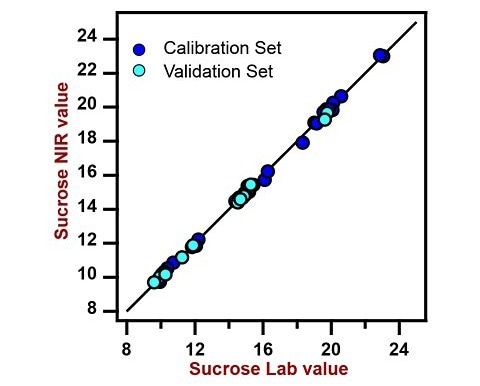
Figure 5. Correlation diagram and the respective figures of merit for the prediction of sucrose content in an aqueous sugar mixture using a DS2500 Liquid Analyzer. Image Credit: Metrohm Middle East FZC
Source: Metrohm Middle East FZC
| Figures of Merit |
Value |
| R2 |
0.9886 |
| Standard Error of Calibration |
0.16% |
| Standard Error of Cross-Validation |
0.16% |
| Standard Error of Validation |
0.13% |
Result Brix
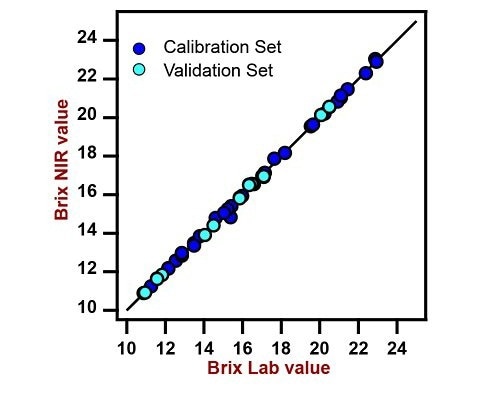
Figure 6. Correlation diagram and the respective figures of merit for the prediction of Brix (total sugars) in an aqueous mixture of sugars using a DS2500 Liquid Analyzer. The lab value was evaluated using a refractometer. Image Credit: Metrohm Middle East FZC
Source: Metrohm Middle East FZC
| Figures of Merit |
Value |
| R2 |
0.9988 |
| Standard Error of Calibration |
0.13 (°Brix) |
| Standard Error of Cross-Validation |
0.15 (°Brix) |
| Standard Error of Validation |
0.09 (°Brix) |
Conclusion
This article has demonstrated how NIR spectroscopy is ideally suited for the determination of glucose, fructose, sucrose, and Brix in aqueous samples. Vis-NIR spectroscopy is a rapid, user-friendly alternative to other standard analytical methods with greater precision values as shown in Table 2.
Table 2. Time to result overview for the different parameters. Source: Metrohm Middle East FZC
| Parameter |
Method |
Time to result |
| Glucose, Fructose, Sucrose |
HPLC |
~5 min (preparation) + ~40 min (HPLC) |
| Brix |
Refractometer |
~1 min |

This information has been sourced, reviewed and adapted from materials provided by Metrohm Middle East FZC.
For more information on this source, please visit Metrohm Middle East FZC.